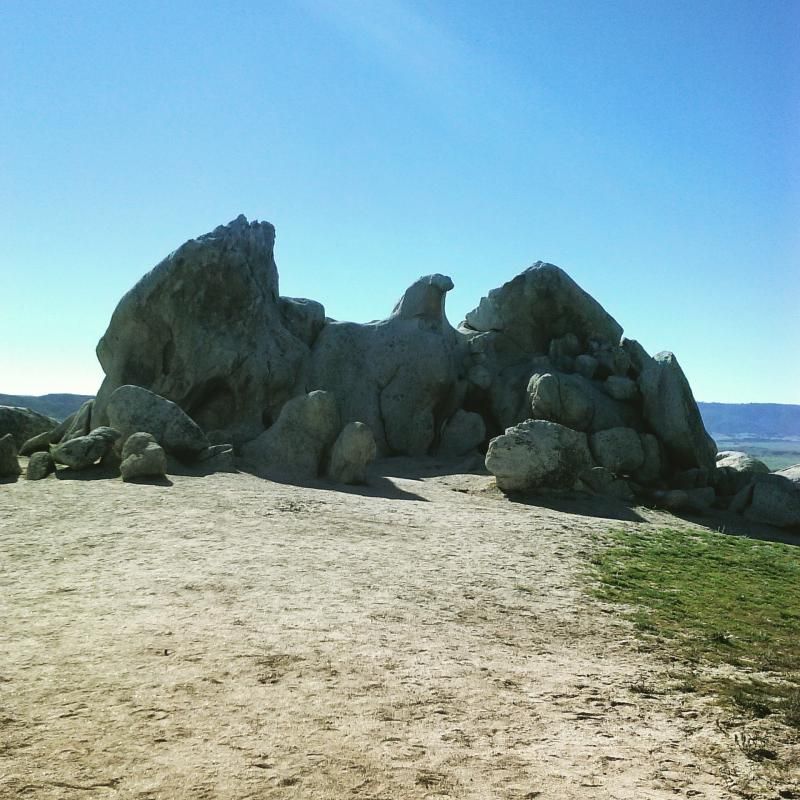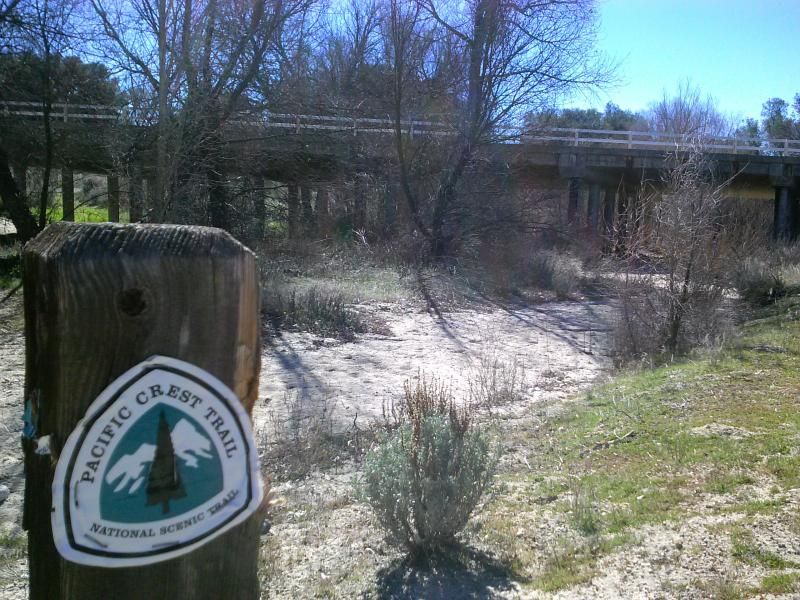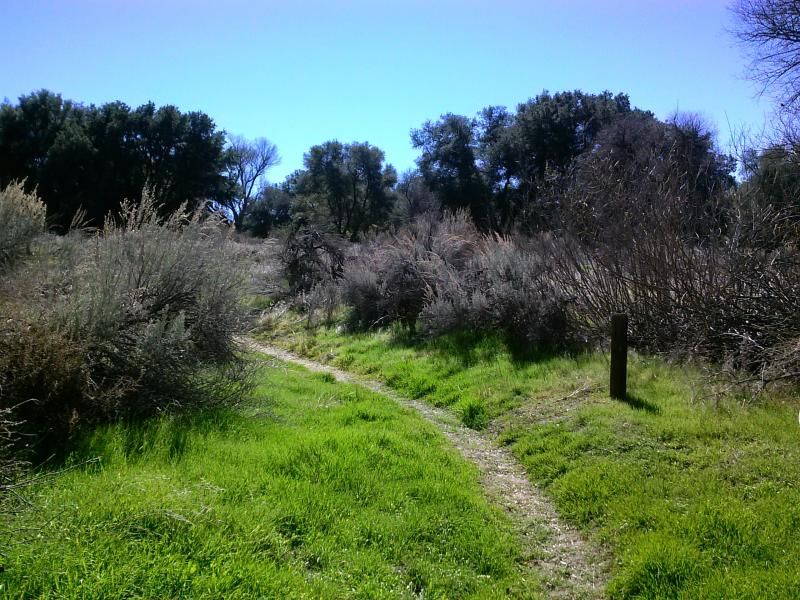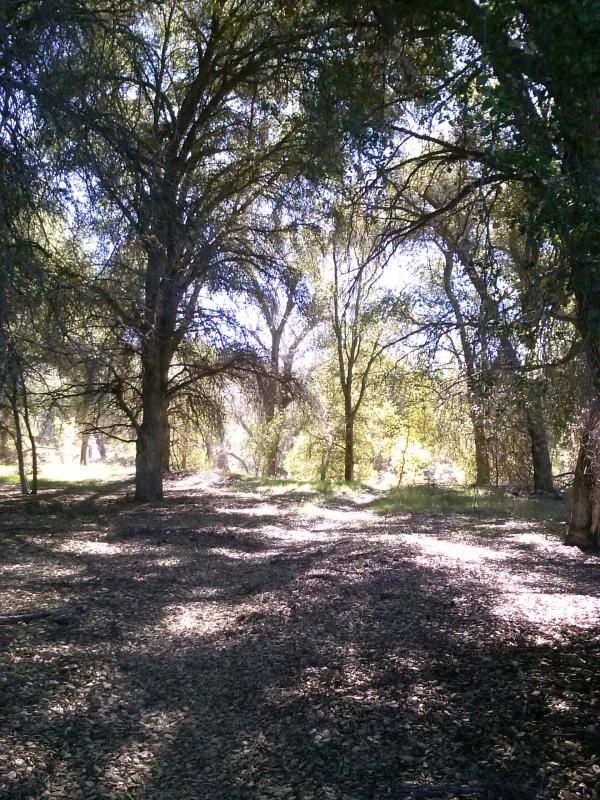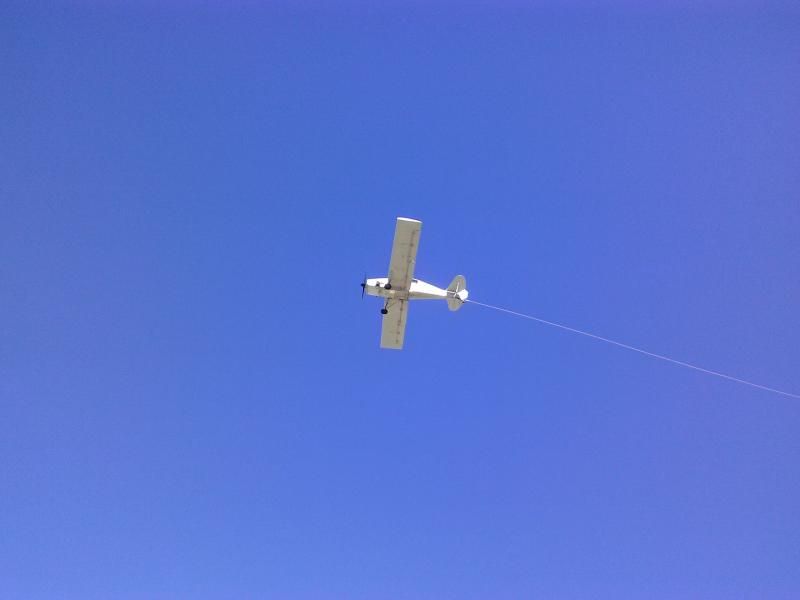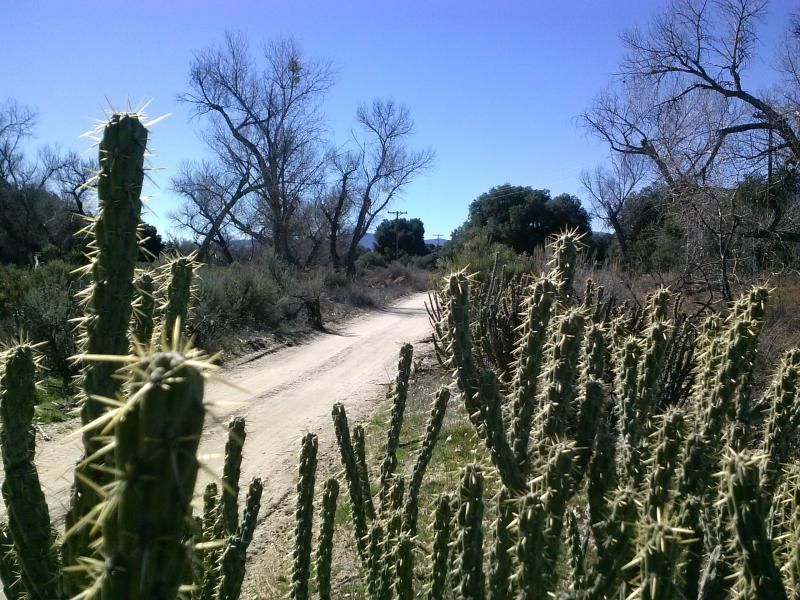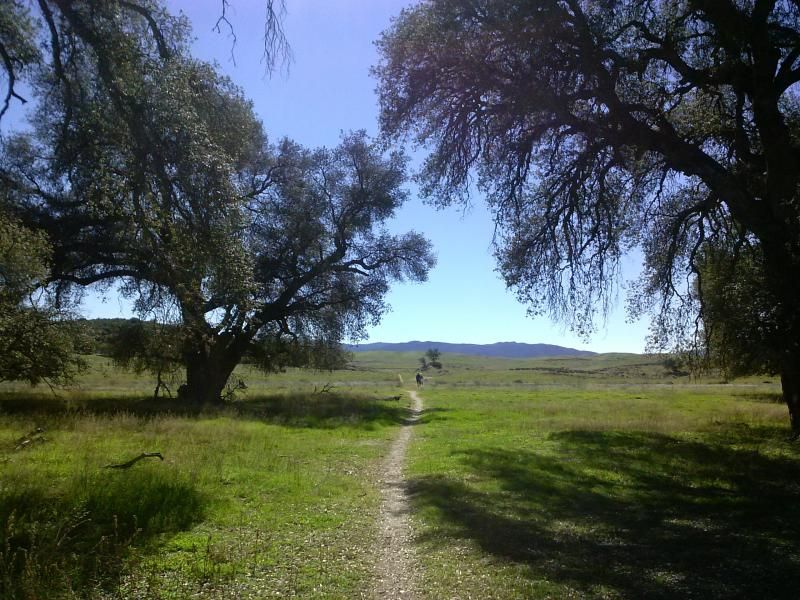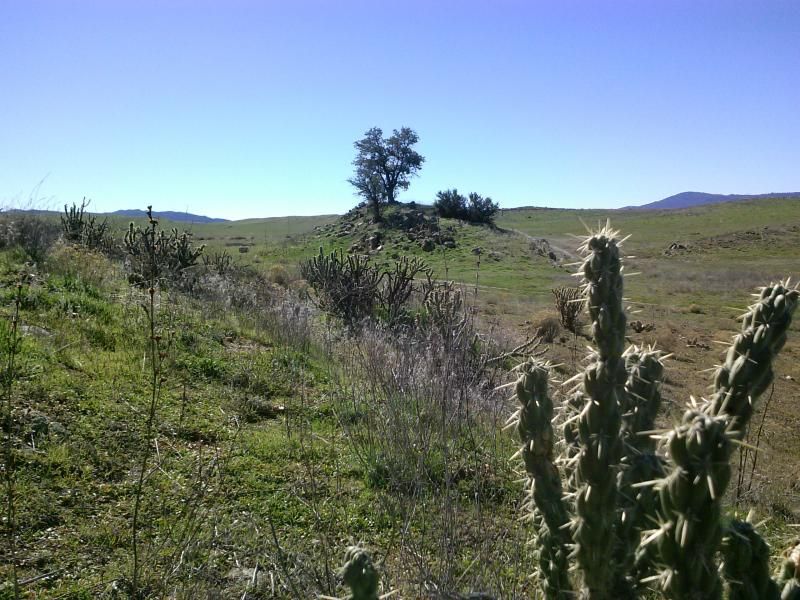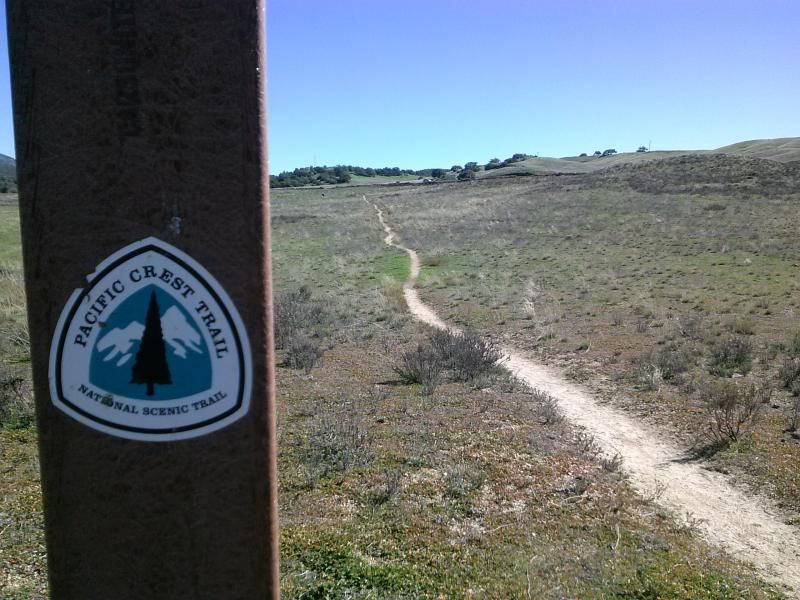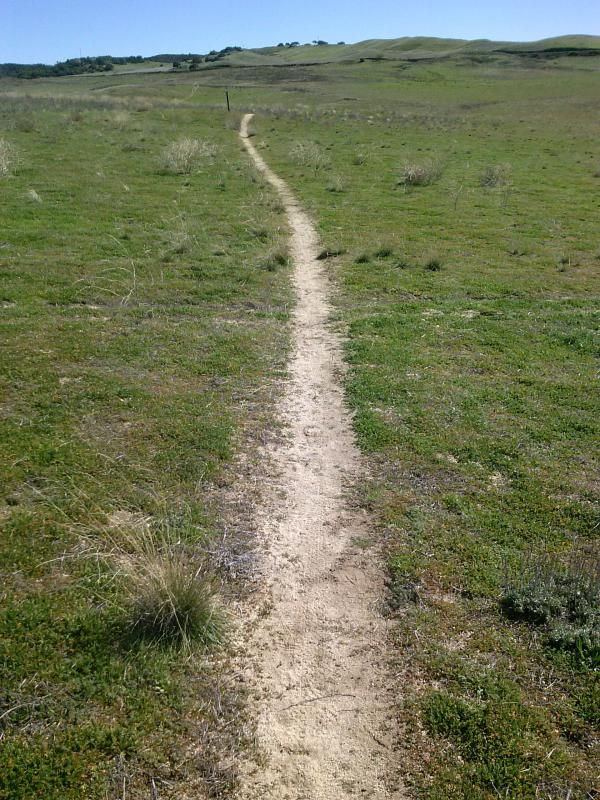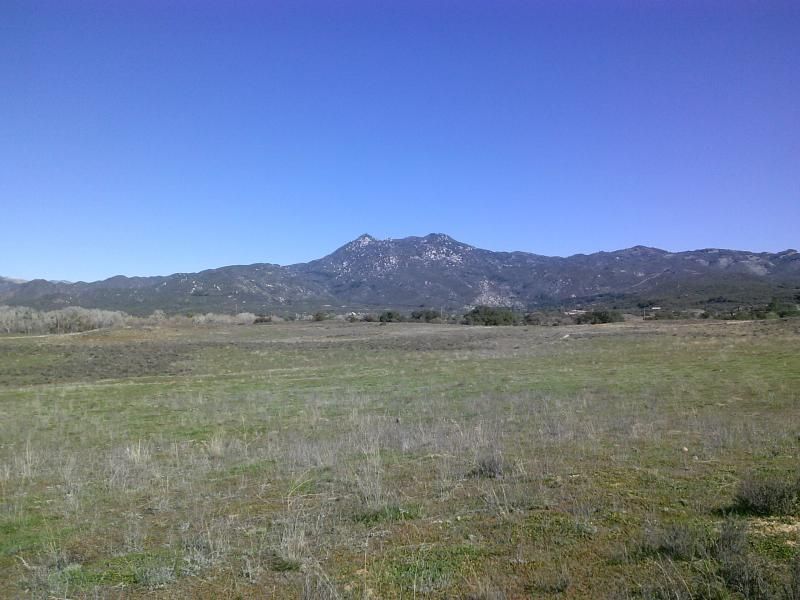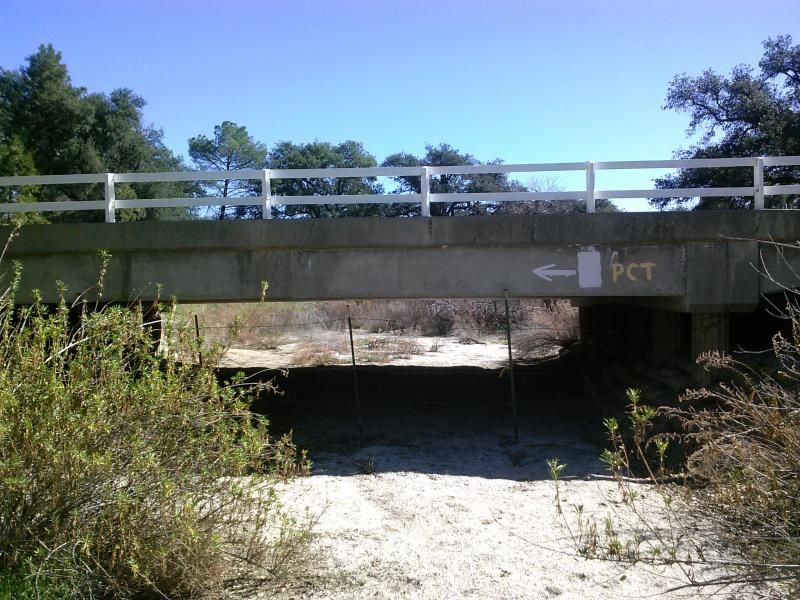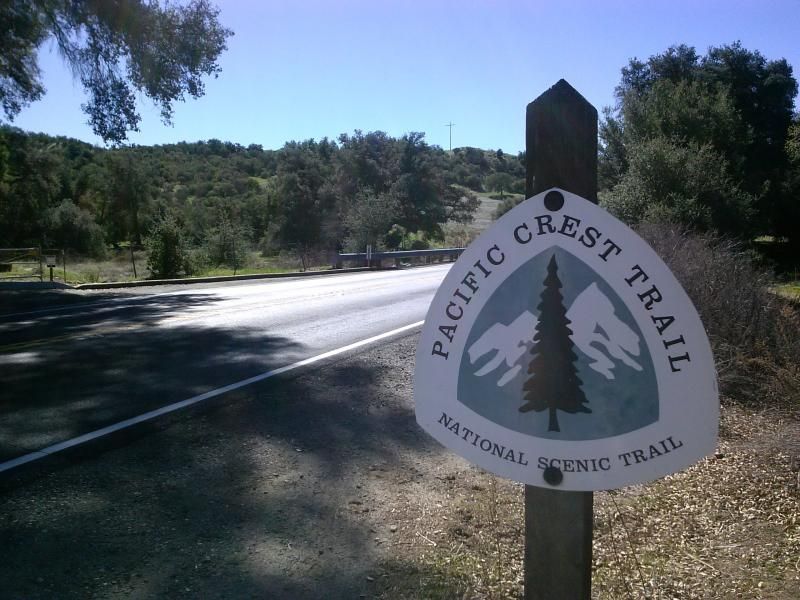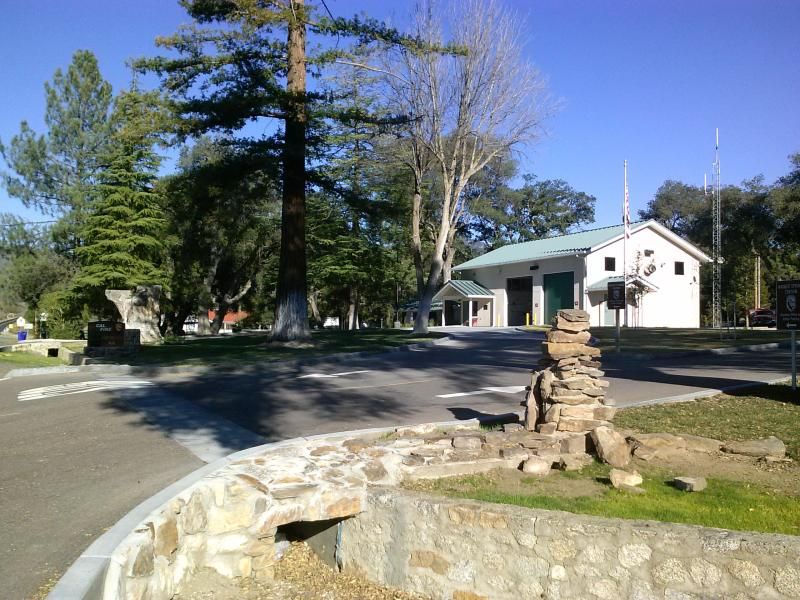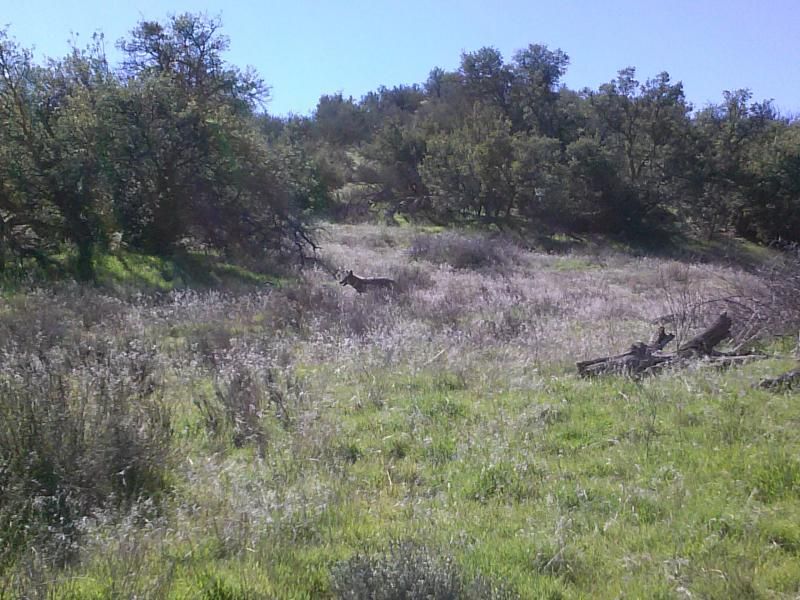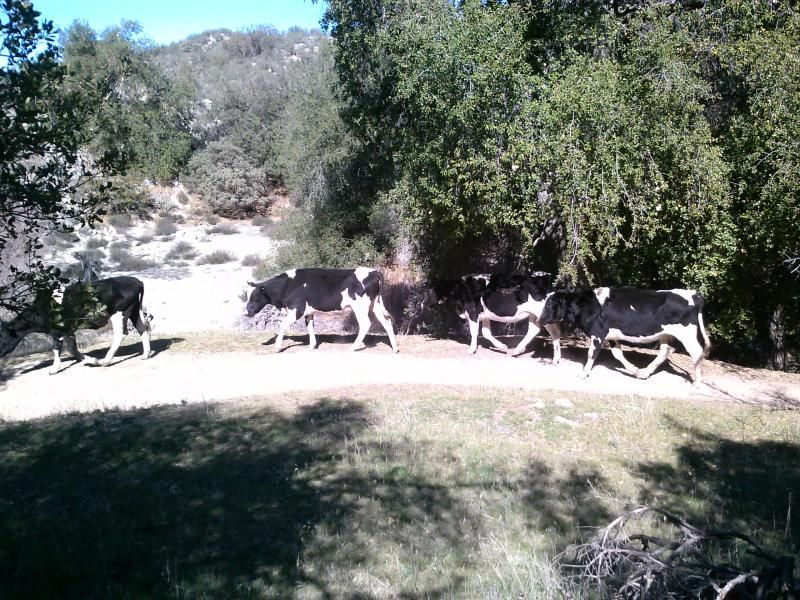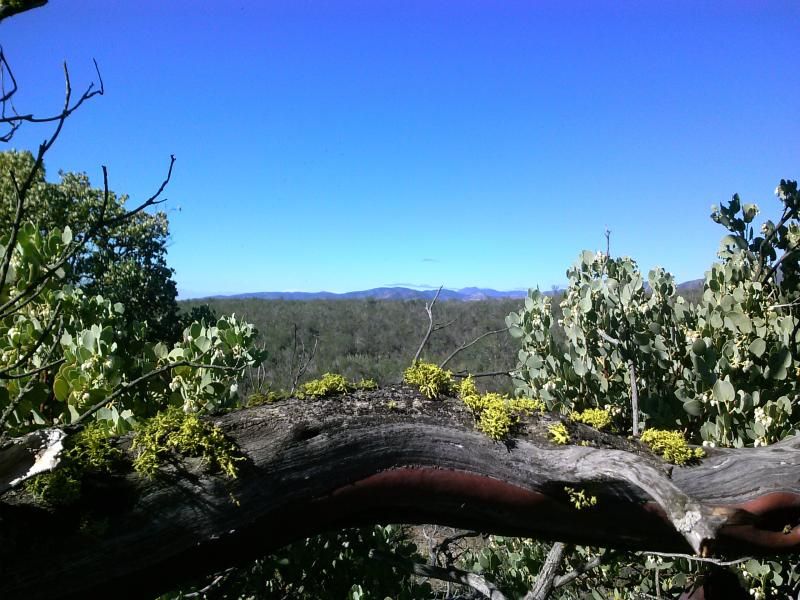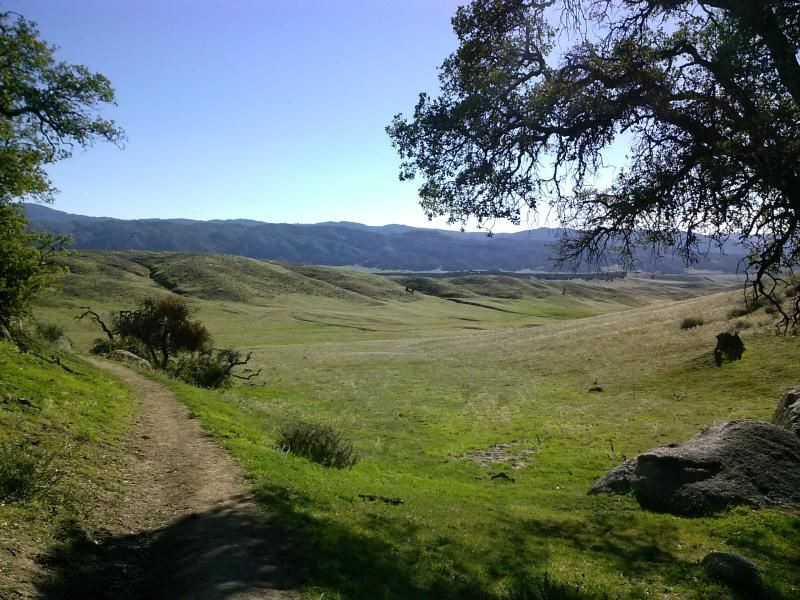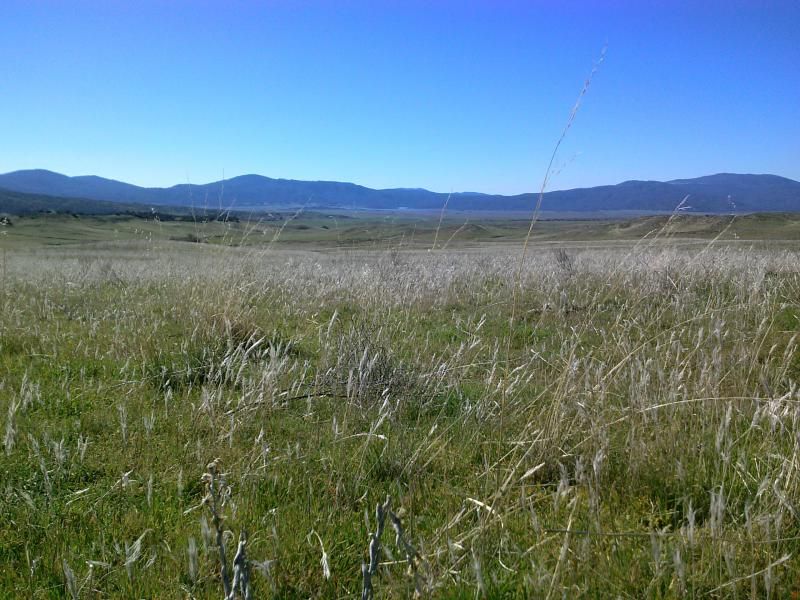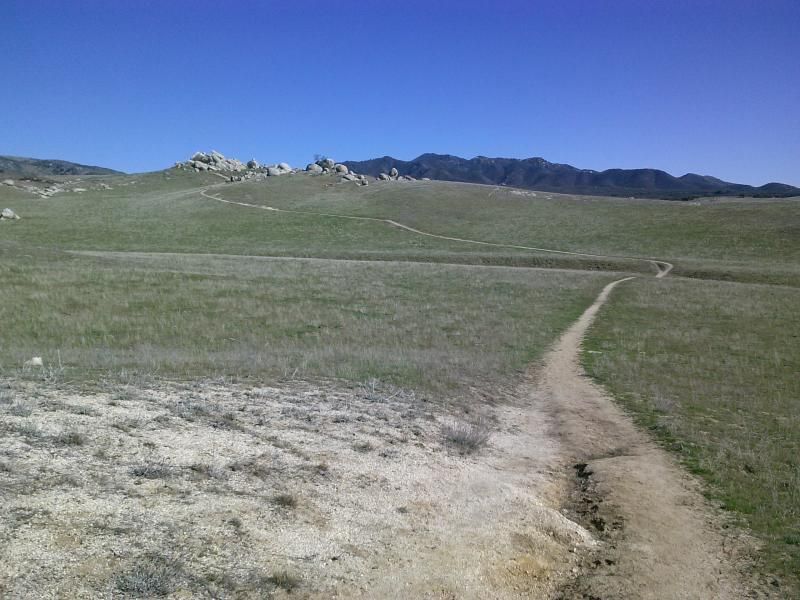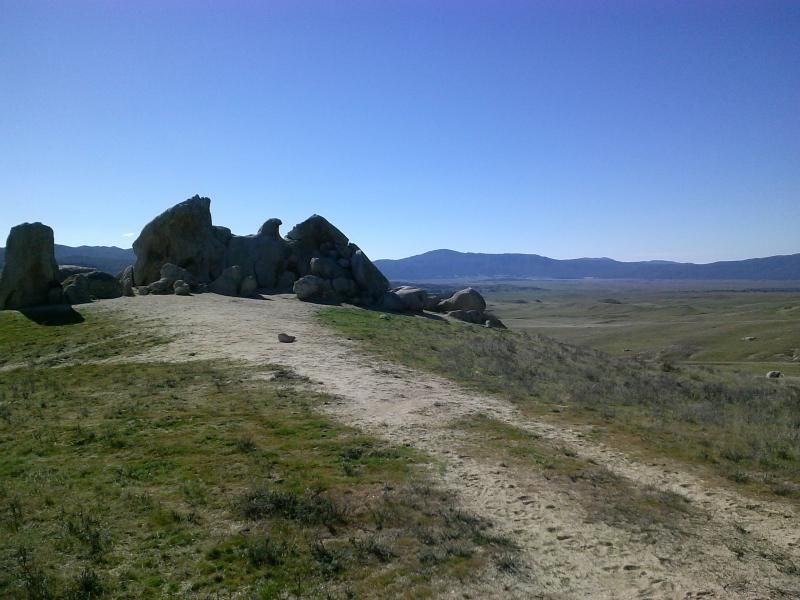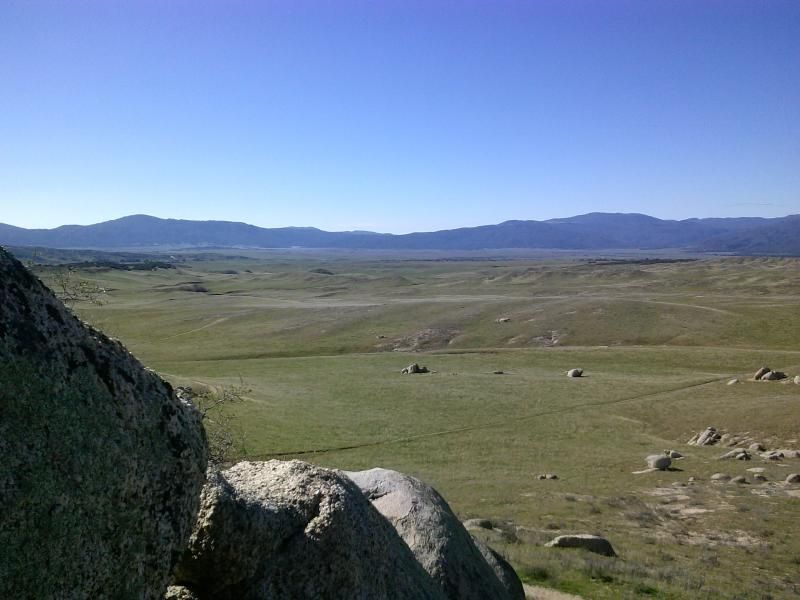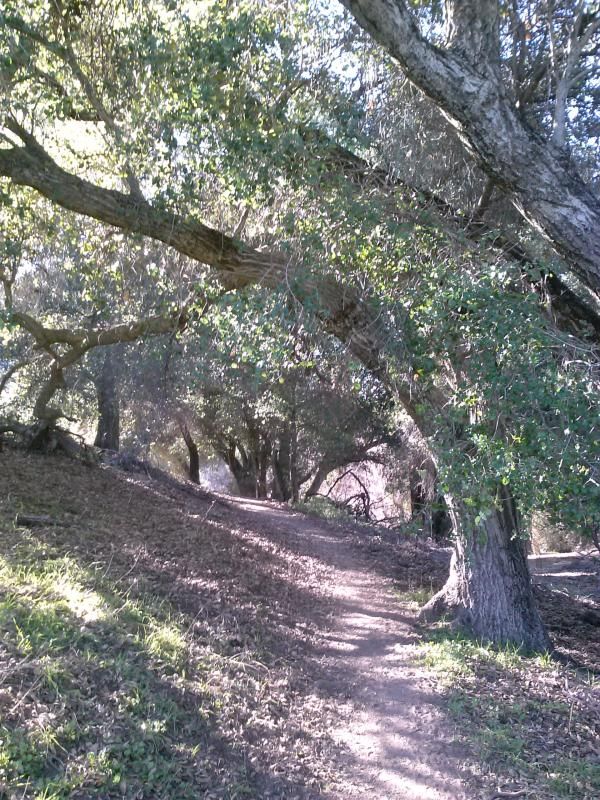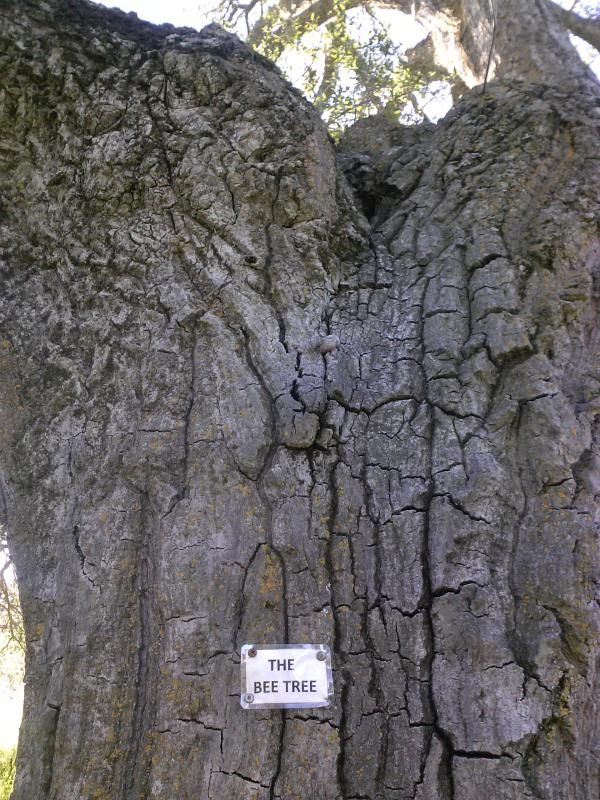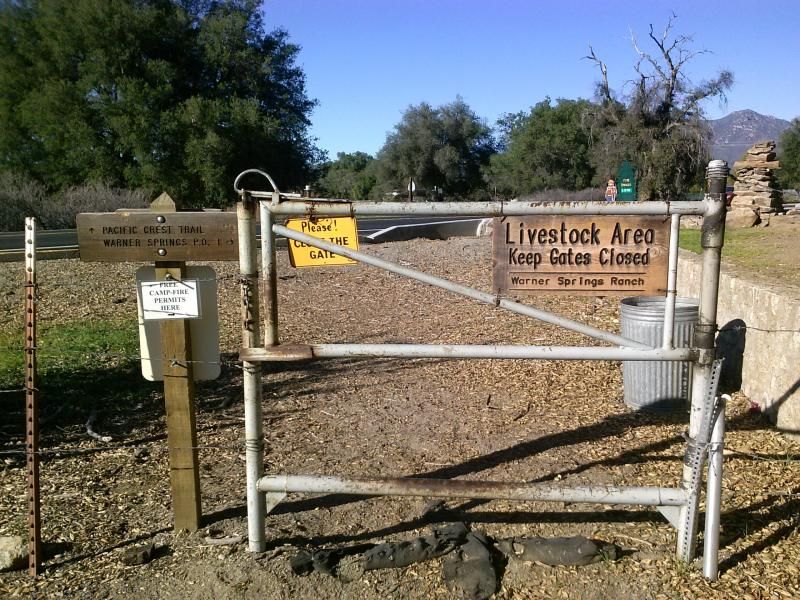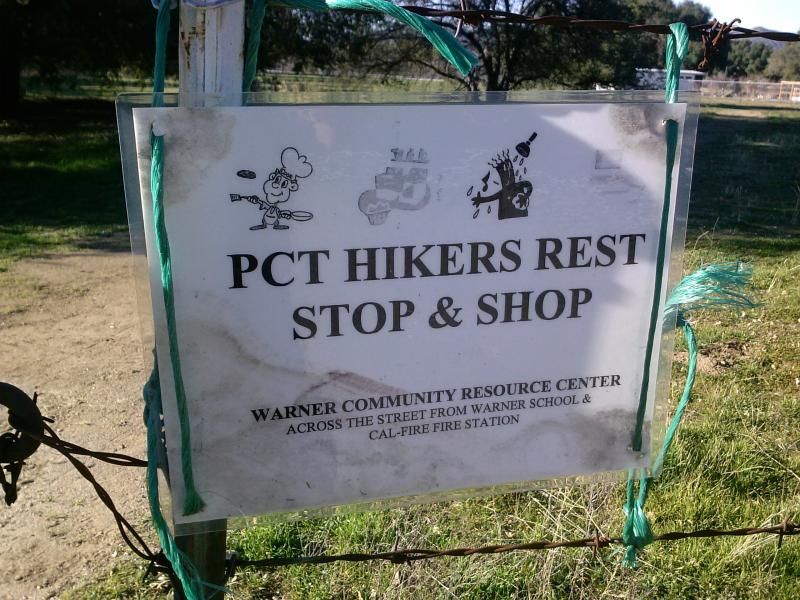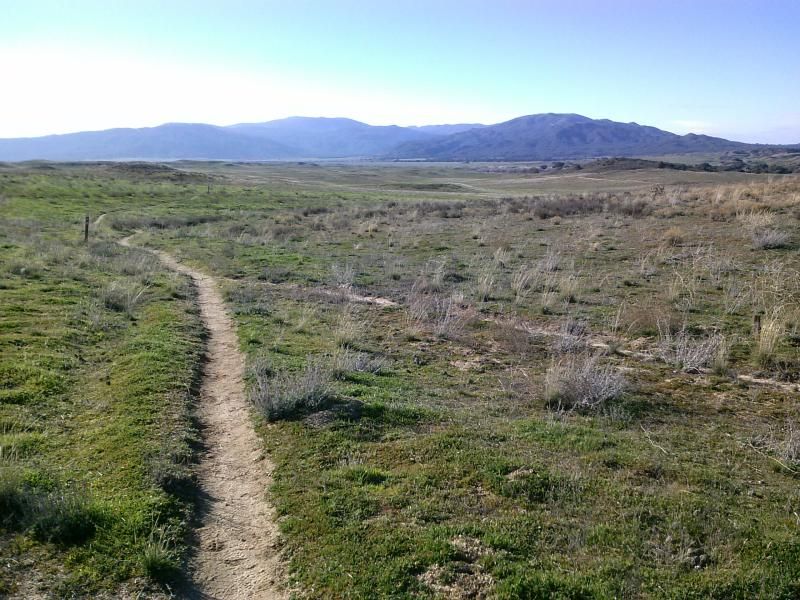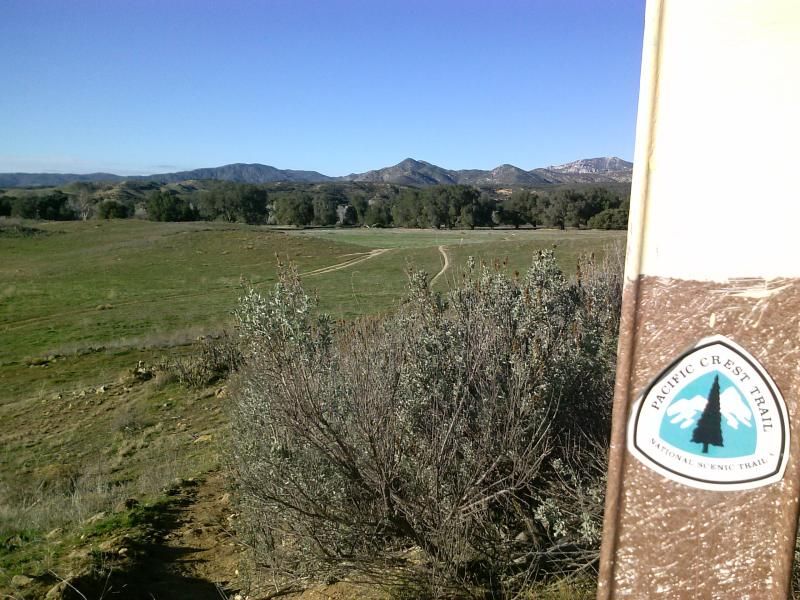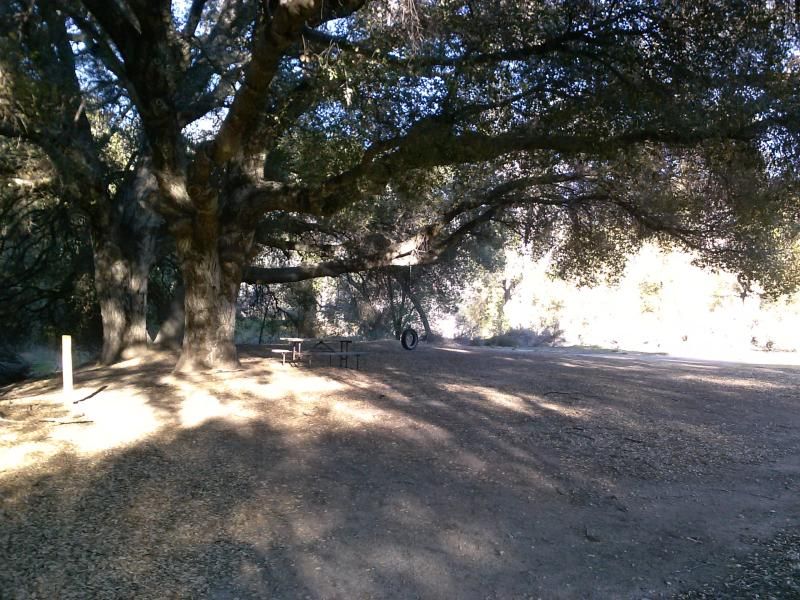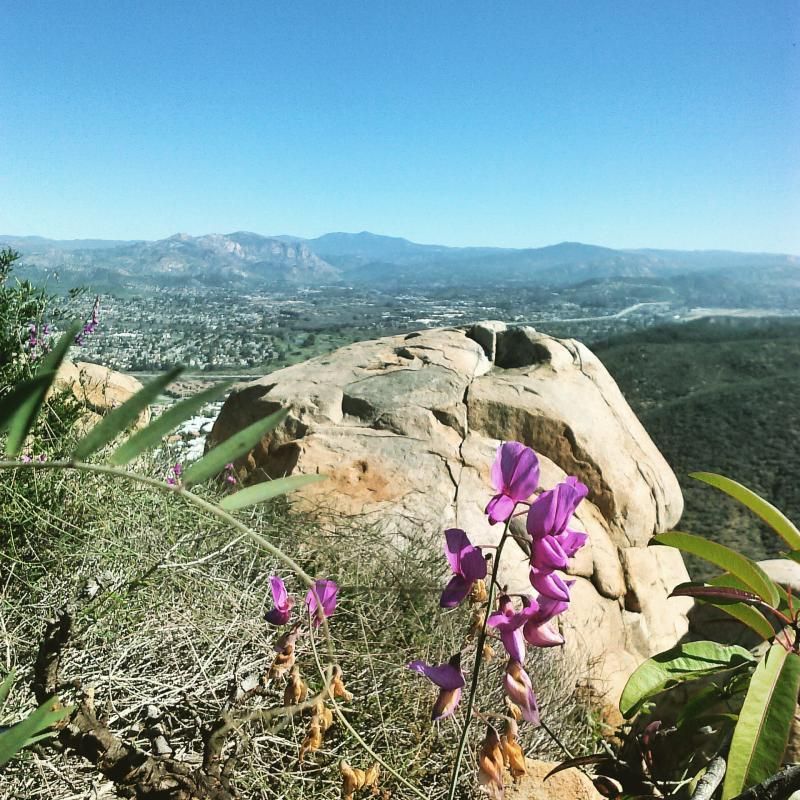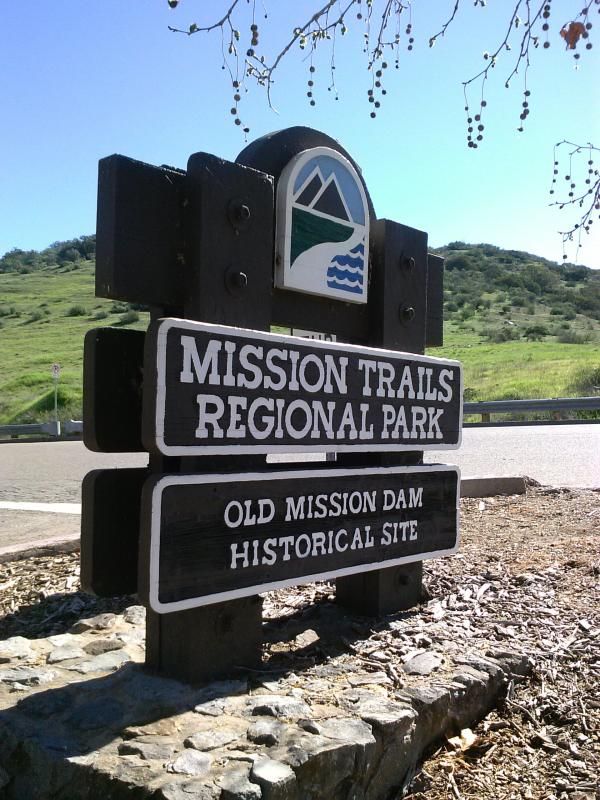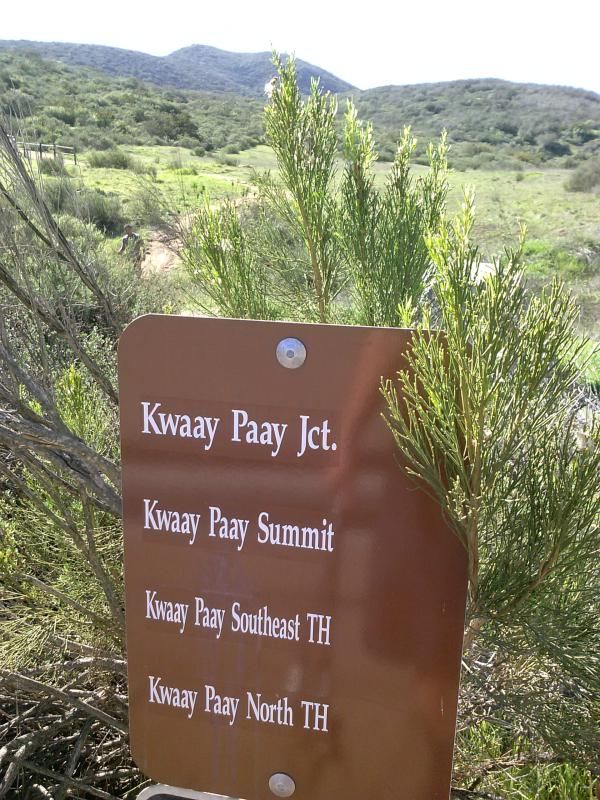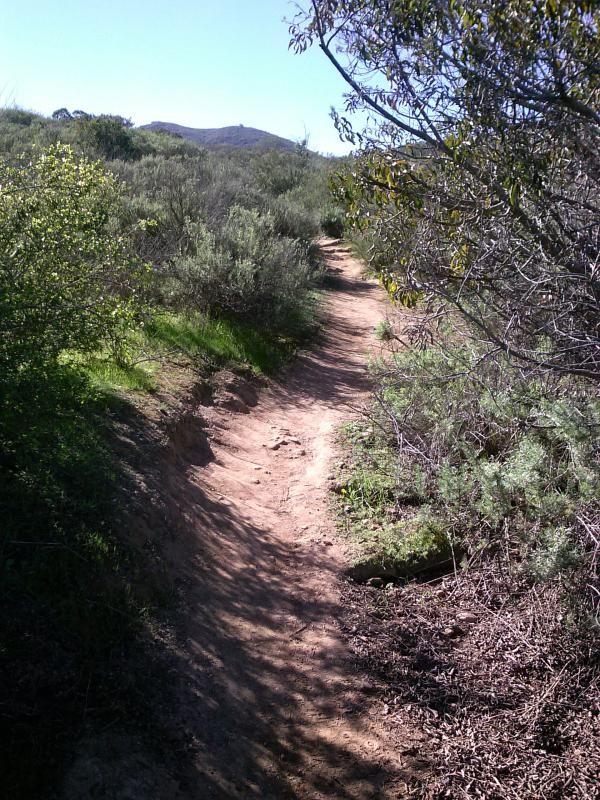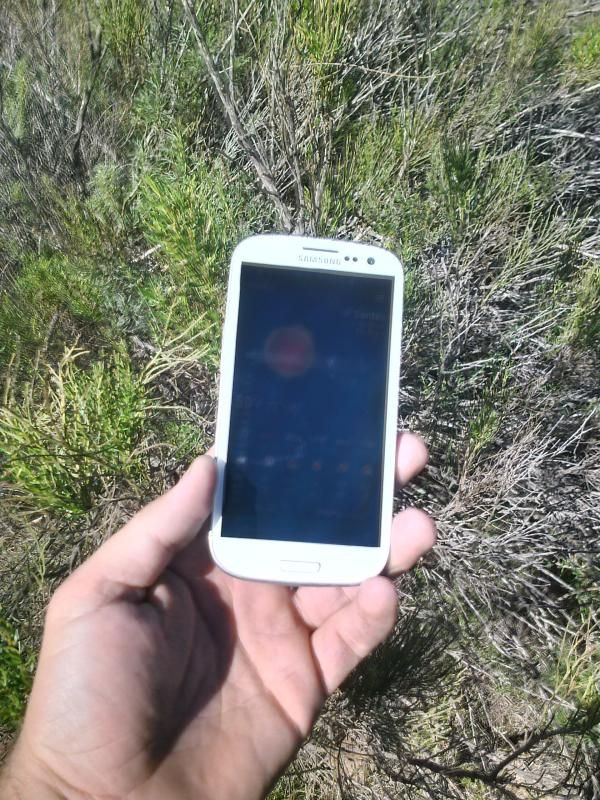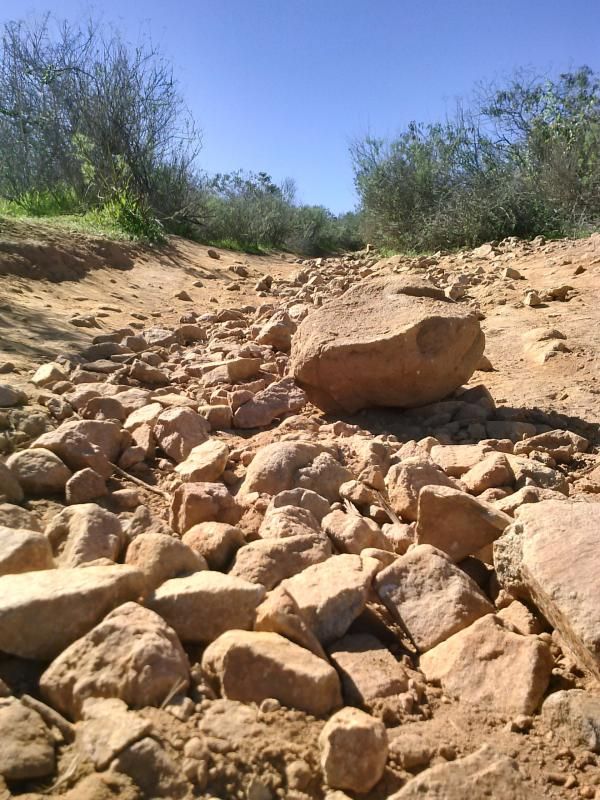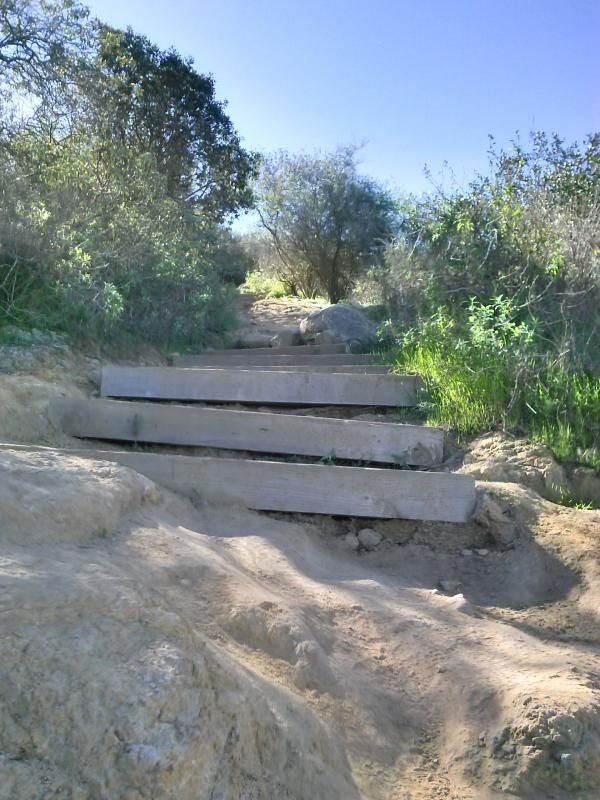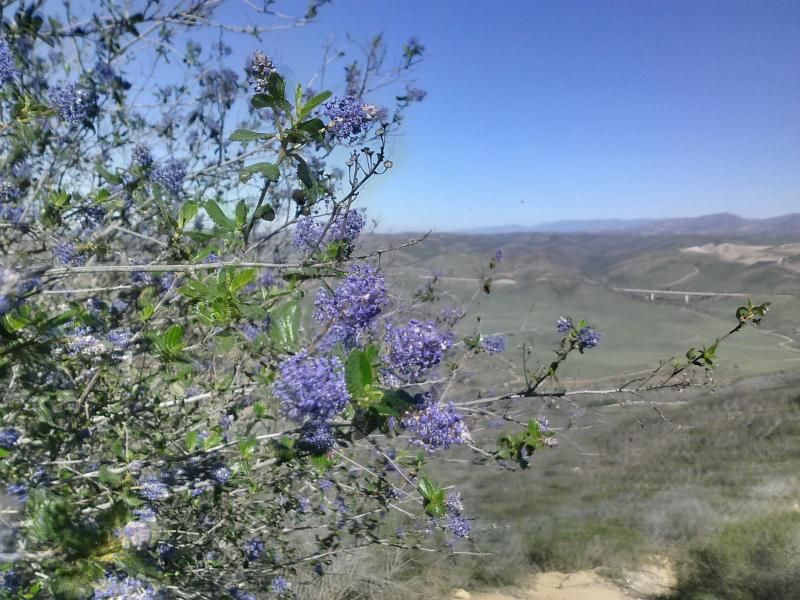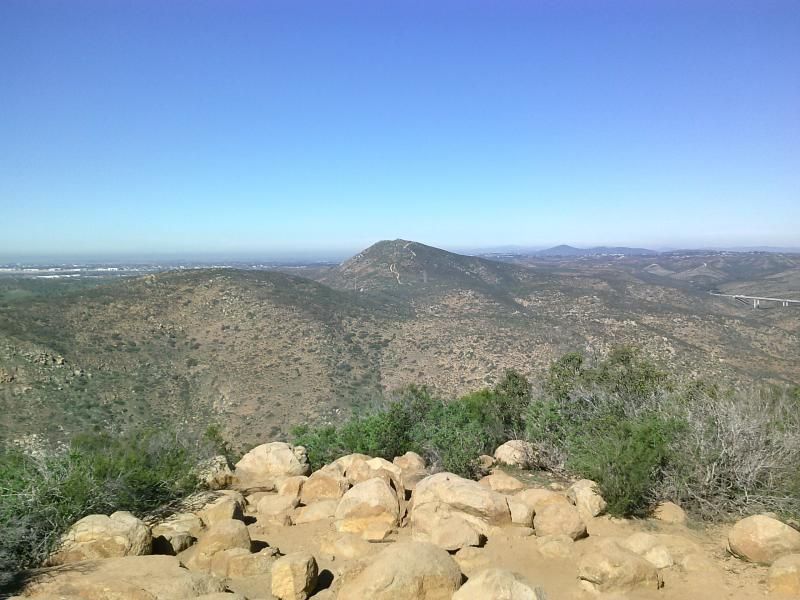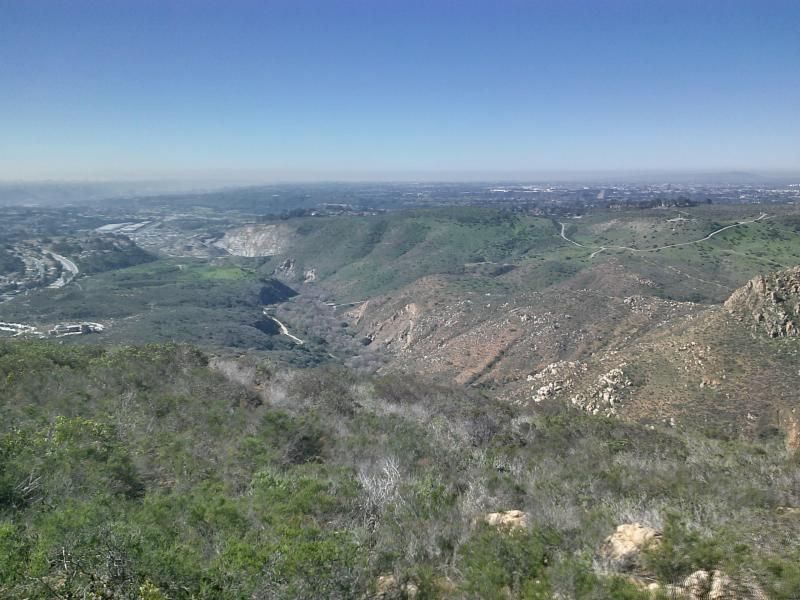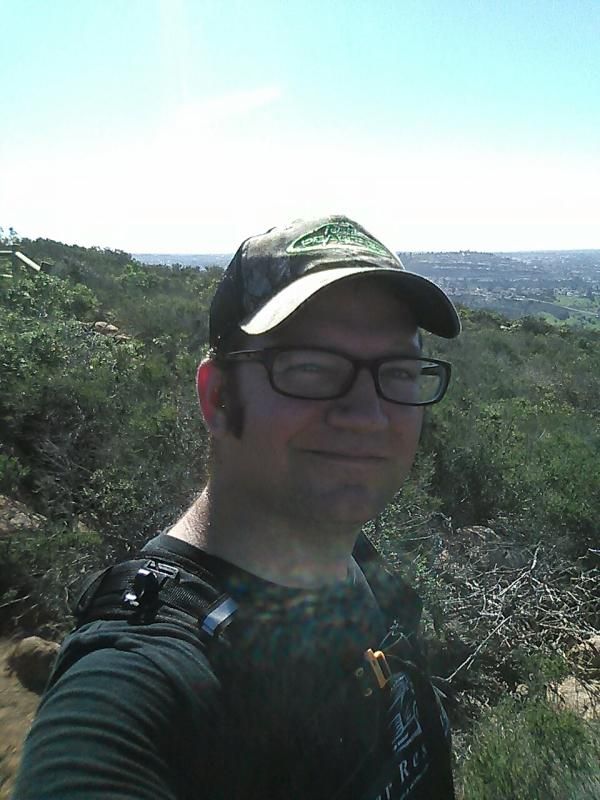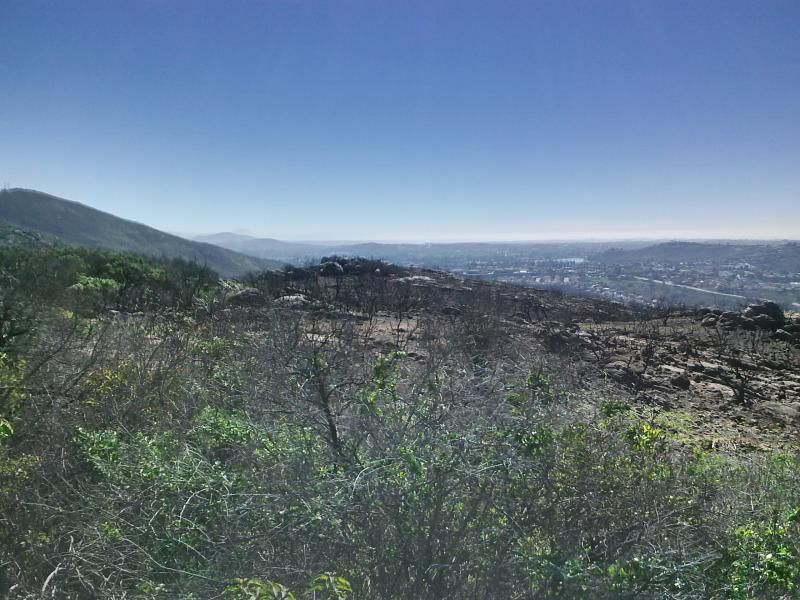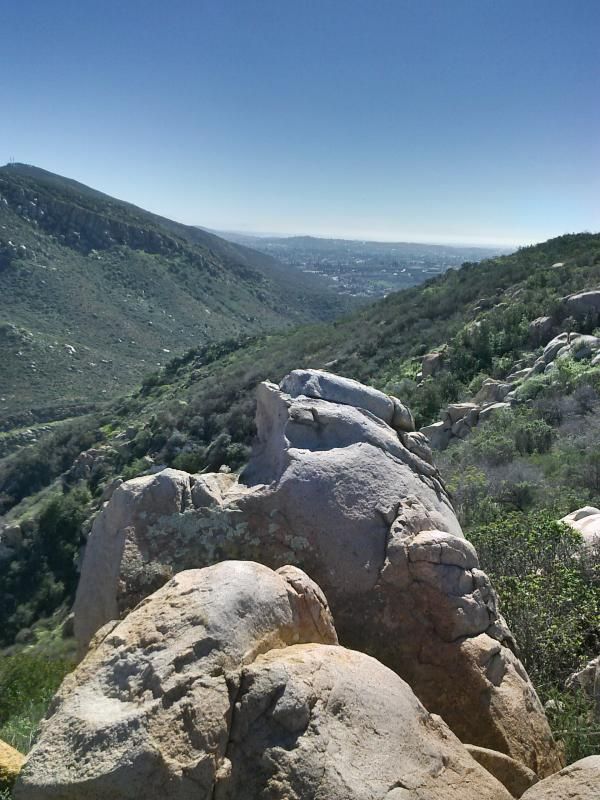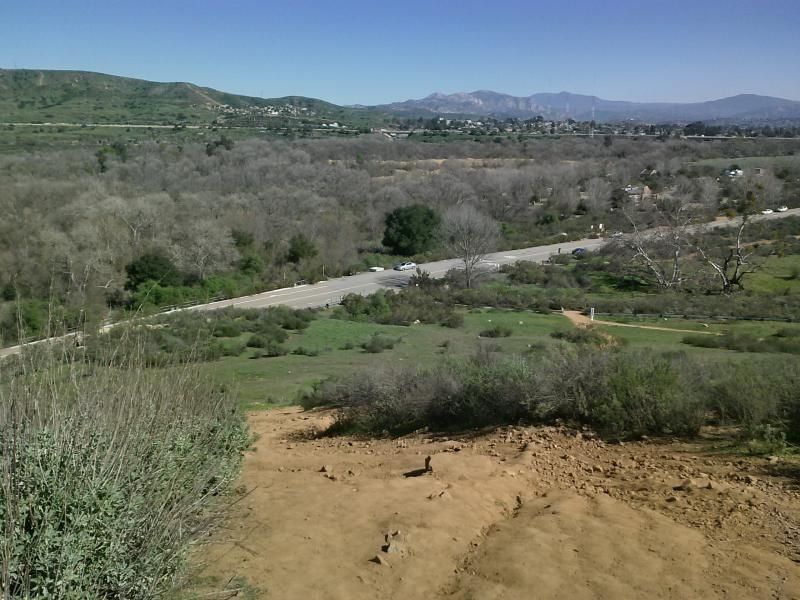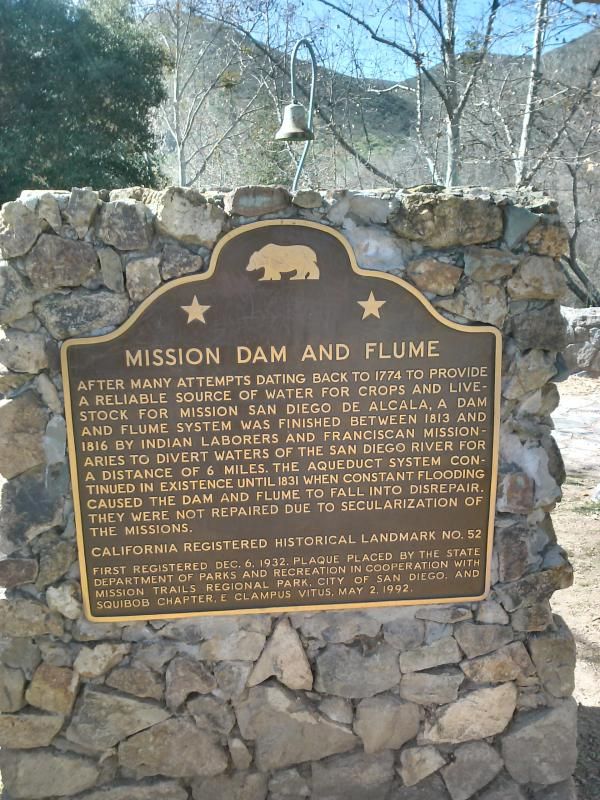The trail to the Eagle Rock formation offers a sample of the stunning beauty to be found along the Pacific Crest Trail in San Diego County. Stretching from Mexico to Canada, the 2,650-mile PCT is traversed by more than 350 thru-hikers annually. In addition, thousands of day hikers explore the famed trail, which was officially designated by Congress on October 2, 1968. The southernmost section, starting near the small town of Campo along the Mexican border, is often maligned because of the dry terrain and summer heat. However, this makes one truly appreciate what lies ahead on the trail.
I've traversed a few short sections of the PCT on various day hikes but this would be my longest to date, 11 miles with 1,100 feet elevation gain/loss. It would also be the 11th hike for my 52 Hike Challenge. The oak-shaded woodlands and rolling grasslands along this route felt like a scene right of of Lord of the Rings. It truly seemed like I was embarking upon an epic journey through Middle Earth.
Parked along highway 79 near the Agua Caliente Creek bridge.
After carefully crossing to the northern side of the highway I find a trail that looks like a little dirt road with a little barb wire fence in front of it. Going to the left of the fence up on over the hill and back on to the little dirt road, I follow it to connect to the Pacific Crest Trail in Agua Caliente Creek.
Crossing under the bridge.
Among a grove of large oak trees is a backpackers campground used by those traversing the PCT.
Tow planes from the nearby glider port were keeping busy this day.
At some point, between watching the planes and deer tracks, I wandered off the trail and had to find my way back onto it.
Leaving the oaks behind, the grasslands open up ahead as I pass through a gate.
Although there are many intersecting trails and roads in this area, there are plenty of PCT signs to keep you on track.
Hot Springs Mountain, rising up to the north, is the highest point in the county of San Diego.
After about 1.5 miles I come to highway 79 again. Looks like I should follow that arrow.
The trail crosses the highway here just south of the fire station. This would be the starting point for the 7 mile round trip hike to Eagle Rock.
Getting back on the trail, I find myself surrounded once again by oak trees and after a few minutes of walking I am suddenly surprised as a large coyote burst from the foliage just a few feet in front of me. I'm sure he was just as startled as I was and after a few moments disappears back into the brush.
Letting the cows pass by.
After hiking along the southern edge of a large ravine that gains a bit of elevation, I come out of the trees and back onto the grassy fields.
The trail leaves the oak woodland and begins a gradual climb up a hillside sparsely covered with chaparral. In an exceptional year this area can put on a stunning display of annual wildflowers.
Continuing along the Pacific Crest Trail through the rolling grasslands, I eventually see a group of boulders to the northeast. The trail descends a bit then makes a gradual climb on the southern side of these rocks. Coming up behind the boulders, the wings and head of the eagle become visible.
It really is amazing to how much this rocky formation looks like an eagle with outstretched wings.
I have lunch in the shade of the eagle, taking in the fantastic views of the surrounding mountains. Volcan Mountain to the southeast. Palomar Mountain with its observatory and lake Henshaw to the southwest. Hot Springs Mountain and the Los Coyotes Indian Reservation are to the North.
Heading back towards Warner Springs and the trail head.
No more cows cross my path as I return along the oak-shaded ravine.
Bees were coming up out of this tree. Probably not a good place to take a break.
Back through one of the gates. Make sure to close it behind you.
I guess this is only open for a short time for the thru-hikers from April to May.
Back onto the grassy plains.
Crossing back through the backpackers campground before finally reaching highway 79 where I am parked.
Overview of my route.
Directions: From San Diego take highway 67 through Ramona where it becomes highway 78. At Santa Ysabel take a left onto highway 79 and head about 16 miles to Warner Springs. About a 1.5 miles past Warner Springs there will be a large turn out on the left side of the road. This is the 10 mile trail head, if you see the airfield you have gone to far. At this point the trail to the Pacific Crest Trail starts just across the highway. If you would like a shorter hike, the 7 mile hike starts near the fire station just before Warner Springs.
Click HERE for a great write up from Modern Hiker.
